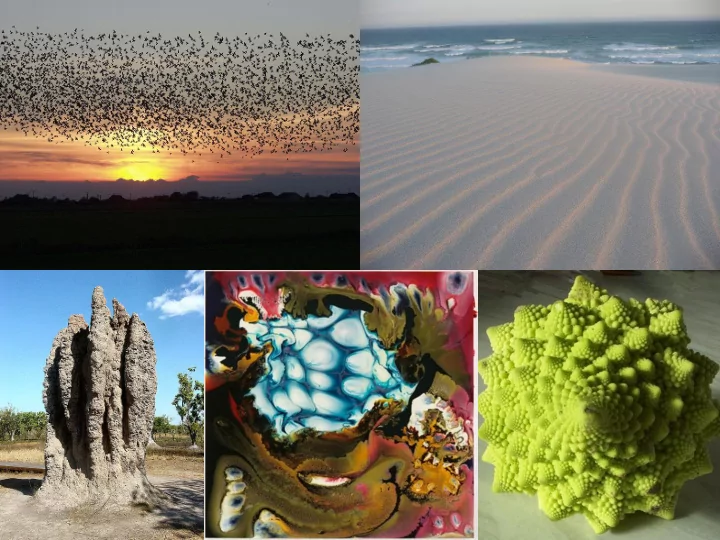

Emergent Behavior Robot Bradley University - Senior Capstone Project Spring Progress Presentation By: Andrew Elliott & Nick Hanauer Advisor: Joel Schipper February 23, 2010
Overview • Introduction • Block Diagram • Completed Work • Next Steps • Future Steps • Schedule 3
Introduction • Study Emergent Behavior – React intelligently to a dynamic environment • Emergent Behavior – The result is greater than the sum of its parts 4
Objective • Create a robot that: – Avoids obstacles – Seeks and finds beacon – Flees from loud sounds – Favors darker environments – Displays emergent behavior 5
Robot’s Environment High-Level System Hardware Ultrasonic Bump IR Sensor Microphones Light Sensors Overview Sensor Sensors Software ATmega128 Microcontroller H-Bridge H-Bridge Hardware Left Motor Right Motor Robot’s Reaction to Environment 6
Software - Modes and Task Priority • Modes (all modes include obstacle avoidance) – Roam mode • Search for beacon – Evade mode • Travel quickly away from source of sound • Find shelter (low light area) – Pursuit mode • Travel toward beacon • Priority (1 is the highest) Roam Travel in low light Beacon Detection of a Obstacle Task found loud sound avoidance 6 5 (3 in Evade mode) 4 2 1 Priority 7
Completed Work (1) • Robot chassis – Cut chassis – Fabricated motor mount brackets – Ceramic drawer pull as rear caster 8
Completed Work (2) • Parts – Received • Sharp GP2D12 IR sensors • Hennkwell HG37F DC motors • Acroname H-Bridge components • Wheels and Hubs • Microphones • Reflective light sensors – Ordered • Bump sensors 9
Completed Work (3) • Software – Read output from IR sensor using ADC – Generate stable PWM at 62.5kHz – Interface with H-Bridge – Pre-programmed path – Basic obstacle avoidance 10
Completed Work (4) Two IR sensors independently control two PWMs. 11
Completed Work (5) • Hardware – H-Bridge circuitry – Microphone and amplifier circuitry • Hardware issues – H-Bridge unable to reverse direction • Issue resolved with external bootstrap capacitors – Noise in microphone output 12
Next Steps • Hardware – Filter noise from microphones – Reflective light sensors – Ultrasonic beacon – 24V batteries • Software – Smarter obstacle avoidance – Interface microphones 13
Future Steps • Chassis – Mount sensors, batteries, etc. • Hardware – Electrically isolate motors and microcontroller • Separate battery and Opto-isolators • Software – Determine direction of sound – Determine “darker” environment – Determine direction of beacon – Develop emergent behavior 14
Schedule Week Andrew Elliott Nick Hanauer 1-3 Research & Website Development Parts Research 4 Learn ATmega128 Parts Testing & Research 5 Interface with the Digital I/O Parts Testing & Finalizing Parts List Parts Testing & Order Remaining 6 ADC Setup Parts Winter Break Construct Chassis 7 Interface IR Sensors Motor & H-Bridge Circuitry/Testing Microphone & light sensor 8 Interface Microphones & light sensor Circuitry/Testing 9 Interface Motors & H-Bridge Ultrasonic Circuitry/Testing Circuitry Clean-Up & Wire 10-11 Integrating All Sensors Wrapping 12-15 Final Behavioral Software & Hardware 16-17 Final Documentation and Presentation Preparation 15
Questions? Emergent Behavior Robot Andrew Elliott & Nick Hanauer Joel Schipper 16 16
Detecting “Darker” Environment • Use optical sensor pointed at ground 17
Detecting Direction of Sound • Array of three microphones • Interrupt based – Triangulation – First to detect 18
Obstacle Avoidance Paths 19
Recommend
More recommend